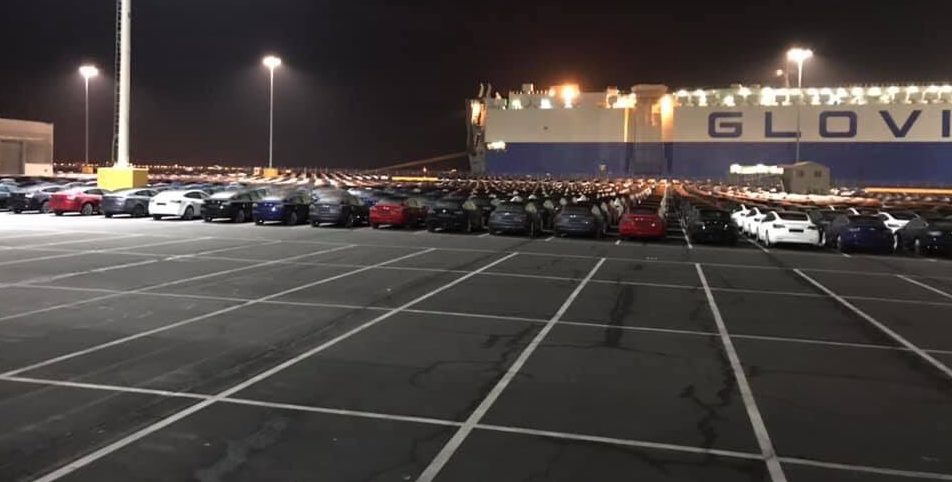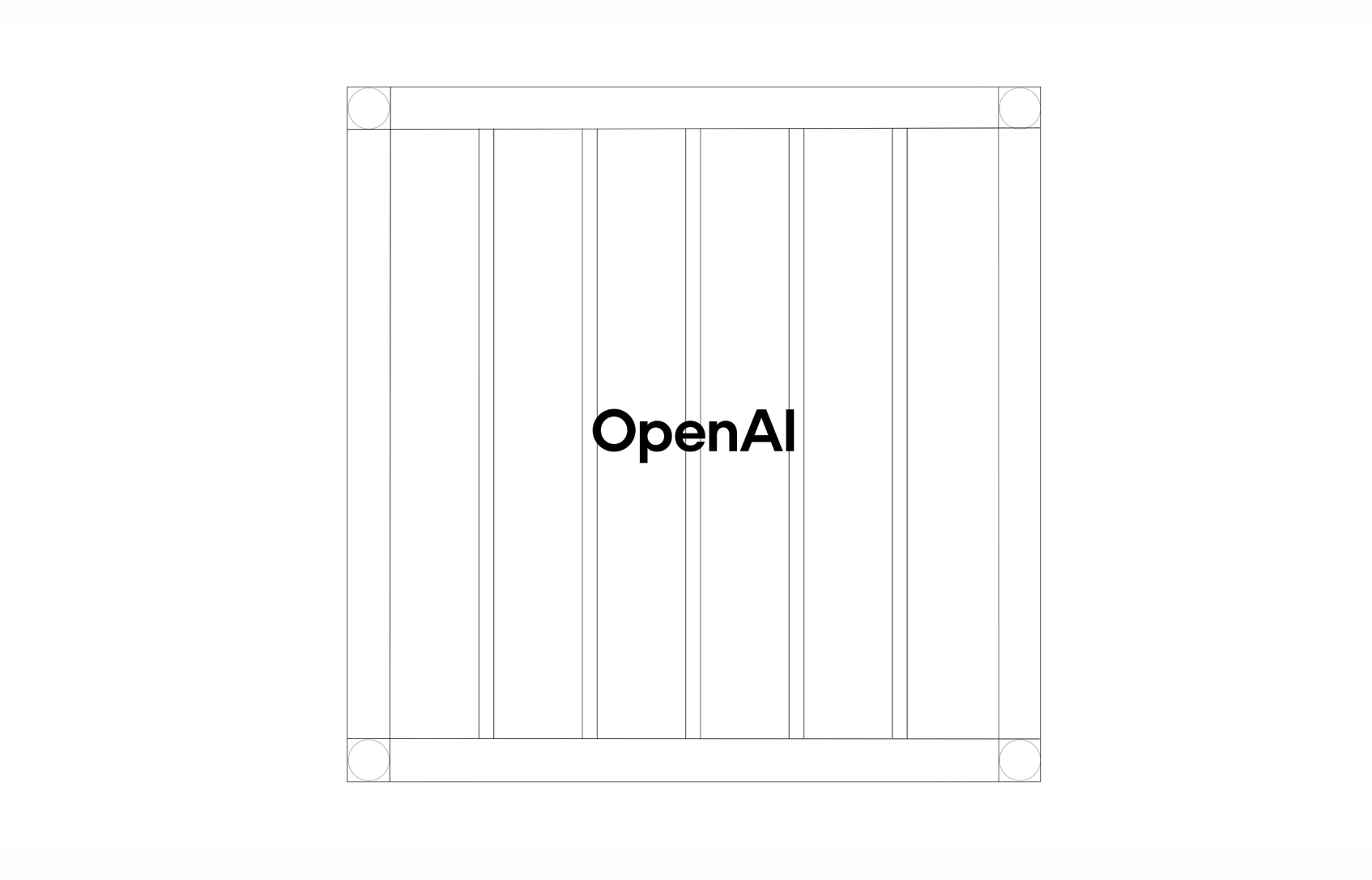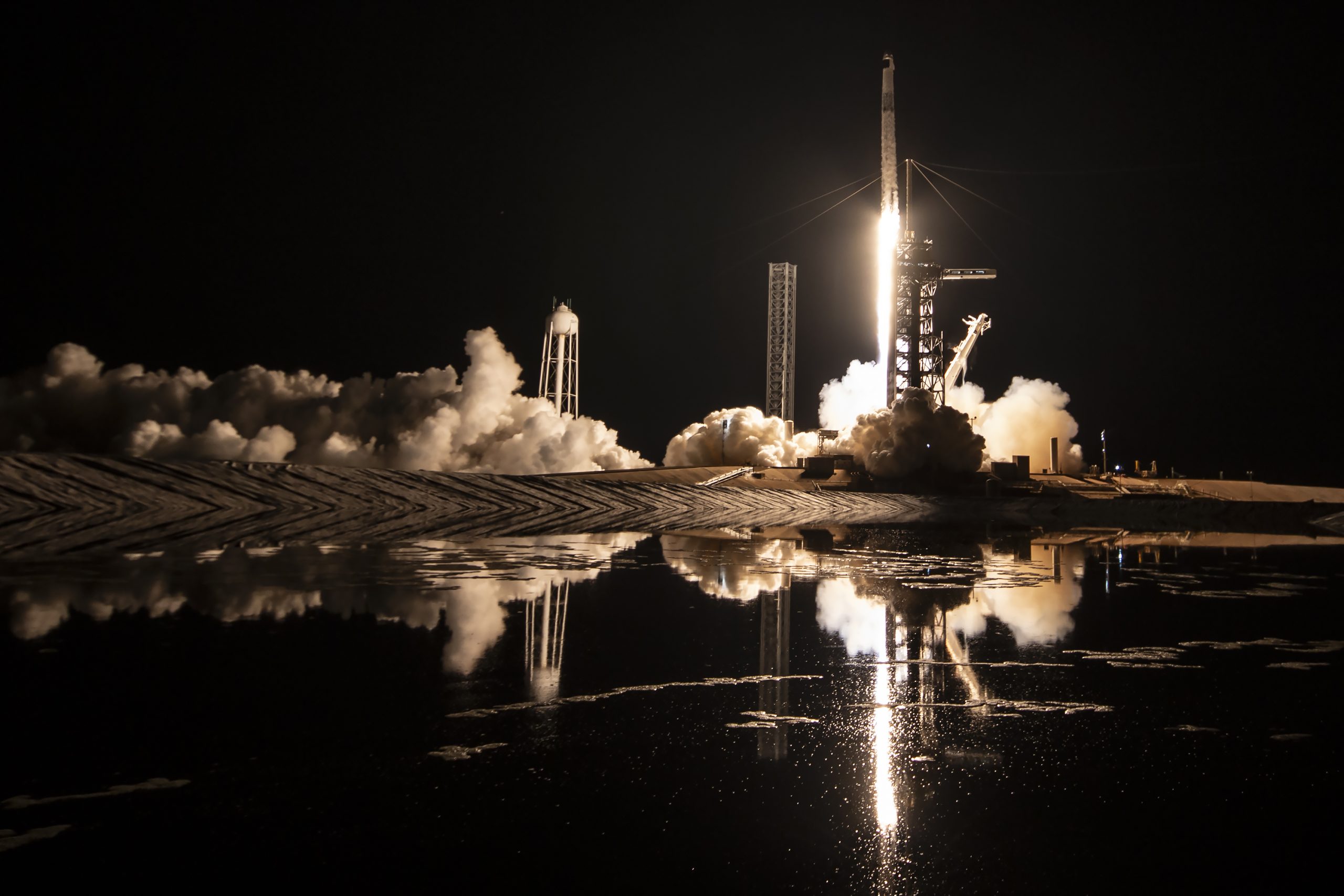

News
Tesla’s Model 3 delivery challenges in Europe are growing pains for a global ramp
The arrival of the cargo ship Glovis Captain on the port of Zeebrugge earlier this week heralded new opportunities and challenges for electric car maker Tesla. The massive vessel is estimated to be carrying around 3,000 Model 3, which are expected to start an electric disruption in Europe’s passenger car market. At the same time, the arrival of the highly-anticipated sedan also means that deliveries to reservation holders in the region are about to begin.
Delivery Logistics Hell, Part 2
In true Tesla fashion, plans were underway to get the recently-arrived Model 3 to customers as quickly as possible. Thus, instead of taking a while before starting handovers to reservation holders in the region, Tesla immediately went to work. Reports from the Tesla community even indicated that they received messages from the carmaker indicating that they could pick up their Model 3 starting Wednesday at the company’s Tilburg facility, shortly after the cars arrived on Zeebrugge.
Soon, social media posts from the Tesla community revealed that the first Model 3 deliveries in Europe were already underway. That said, it did not take long before Tesla became unable to deliver as many vehicles as they estimated. Some reservation holders even went so far as to state that they were advised to pick up their Model 3 the following day. While an additional day is but a drop in the bucket compared to the nearly three-year wait for the electric sedan experienced by reservation holders, Tesla’s inability to deliver as many vehicles as it expected became a great inconvenience nonetheless.
On Wednesday, Elon Musk took to Twitter to apologize for the delivery delay in Europe. In a tweet, Musk explained that Tesla met some “unexpected challenges” with the vehicles coming through the Belgian port. Nevertheless, Musk noted that Model 3 deliveries should start moving on Thursday.
Sorry, many unexpected challenges with cars coming through Zeebrugge first time. Cars will start moving out in volume tomorrow.
— Elon Musk (@elonmusk) February 6, 2019
Logistics Challenges – Not Sweeter the Second Time
Ultimately, this is yet another case of Tesla miscalculating and shooting itself in the foot in the process. In the case of Europe’s first Model 3 deliveries, reservation holders were expecting their vehicles at a later date to begin with (the reservation holder Musk responded to on Twitter, for example, had a delivery date of 02/16/2019). The earlier delivery estimates, and the succeeding failure to meet said estimates, all transpired under Tesla’s own doing.
That said, Tesla’s journey with the Model 3 to date hints at something positive following the company’s logistics challenges in Europe, considering that the electric car maker faced the same issues in the US last September. During that time, Tesla was just hitting its stride with the production of the electric sedan. Tesla was also going for profitability, which required a record number of vehicle deliveries. Tesla’s deliveries became so backlogged that reservation holders saw their handover dates rescheduled multiple times.
Thanks to @LucWaterlot, some pictures of #glovisCaptain arriving full of #tesla #Model3 in #portofzeebrugge pic.twitter.com/rVxWBkWHNU
— FalconU (@UlricDabe) February 5, 2019
Just like Elon Musk’s recent tweet, the Tesla CEO owned up to Tesla’s challenges then, explaining that the company had gone straight from “production hell” to “delivery logistics hell.” Musk also mentioned later that challenges in logistics are easier to solve than production issues. True to the CEO’s word, Tesla delivered a record number of vehicles in the third quarter, with Q3 2018 handovers totaling 83,500 vehicles including 55,840 Model 3. Ultimately, these deliveries helped the company achieve its first definitively profitable quarter in years. These logistics challenges were completely absent in Q4 2018 as well, when Tesla delivered a total of 90,700 vehicles, including 63,150 Model 3.
Lessons Learned and Experiences Gained
With this in mind, it appears that Tesla’s current challenges in delivering the Model 3 to European customers are something that the company can handle. Tesla’s experience in the United States alone should help the electric car maker gain enough footing to conduct handovers in the region in a manner that is smooth, convenient, and well worth the nearly three-year wait for Model 3 reservation holders.
While Tesla appears to have miscalculated its initial European Model 3 deliveries, the company is in a constant effort to improve its logistics. Elon Musk took particular notice of this issue in the recently held Q4 2018 earnings call, when he was discussing the probability of Q1 2019’s profitability.
“We’re going to get cars to China and Europe and make sure that we have good logistics for the whole delivery process, from factory gate to the customer. That’s obviously pretty far from California to get to Europe and China and make it to, again, our two customers. So, we’re working every aspect of that logistics chain. And I think we’ve — I think it’s going to be good. I would say at this point; I’m optimistic about being profitable in Q1. Not by a lot, but I’m optimistic about being profitable in Q1 and for all quarters going forward,” Musk said.
For the meantime, the beast that is the Tesla Model 3 is still waiting for its chance to fully saturate the European market.
News
These Tesla, X, and xAI engineers were just poached by OpenAI
The news is the latest in an ongoing feud between Elon Musk and the Sam Altman-run firm OpenAI.

OpenAI, the xAI competitor for which Elon Musk previously served as a boardmember and helped to co-found, has reportedly poached high-level engineers from Tesla, along with others from xAI, X, and still others.
On Tuesday, Wired reported that OpenAI hired four high-level engineers from Tesla, xAI, and X, as seen in an internal Slack message sent by co-founder Greg Brockman. The engineers include Tesla Vice President of Software Engineering David Lau, X and xAI’s head of infrastructure engineering Uday Ruddarraju, and fellow xAI infrastructure engineer Mike Dalton. The hiring spree also included Angela Fan, an AI researcher from Meta.
“We’re excited to welcome these new members to our scaling team,” said Hannah Wong, an OpenAI spokesperson. “Our approach is to continue building and bringing together world-class infrastructure, research, and product teams to accelerate our mission and deliver the benefits of AI to hundreds of millions of people.”
Lau has been in his position as Tesla’s VP of Software Engineering since 2017, after previously working for the company’s firmware, platforms, and system integration divisions.
“It has become incredibly clear to me that accelerating progress towards safe, well-aligned artificial general intelligence is the most rewarding mission I could imagine for the next chapter of my career,” Lau said in a statement to Wired.
🚨Optimistic projections point to xAI possibly attaining profitability by 2027, according to Bloomberg's sources.
If accurate, this would be quite a feat for xAI. OpenAI, its biggest rival, is still looking at 2029 as the year it could become cash flow positive.💰 https://t.co/pE5Z9daez8
— TESLARATI (@Teslarati) June 18, 2025
READ MORE ON OPENAI: Elon Musk’s OpenAI lawsuit clears hurdle as trial looms
At xAI, Ruddarraju and Dalton both played a large role in developing the Colossus supercomputer, which is comprised of over 200,000 GPUs. One of the major ongoing projects at OpenAI is the company’s Stargate program,
“Infrastructure is where research meets reality, and OpenAI has already demonstrated this successfully,” Ruddarraju told Wired in another statement. “Stargate, in particular, is an infrastructure moonshot that perfectly matches the ambitious, systems-level challenges I love taking on.”
Elon Musk is currently in the process of suing OpenAI for shifting toward a for-profit model, as well as for accepting an investment of billions of dollars from Microsoft. OpenAI retaliated with a counterlawsuit, in which it alleges that Musk is interfering with the company’s business and engaging in unfair competition practices.
Elon Musk confirms Grok 4 launch on July 9 with livestream event
News
SpaceX share sale expected to back $400 billion valuation
The new SpaceX valuation would represent yet another record-high as far as privately-held companies in the U.S. go.

A new report this week suggests that Elon Musk-led rocket company SpaceX is considering an insider share sale that would value the company at $400 billion.
SpaceX is set to launch a primary fundraising round and sell a small number of new shares to investors, according to the report from Bloomberg, which cited people familiar with the matter who asked to remain anonymous due to the information not yet being public. Additionally, the company would sell shares from employees and early investors in a follow-up round, while the primary round would determine the price for the secondary round.
The valuation would represent the largest in history from a privately-owned company in the U.S., surpassing SpaceX’s previous record of $350 billion after a share buyback in December. Rivaling company valuations include ByteDance, the parent company of TikTok, as well as OpenAI.
Bloomberg went on to say that a SpaceX representative didn’t respond to a request for comment at the time of publishing. The publication also notes that the details of such a deal could still change, especially depending on interest from the insider sellers and share buyers.
Axiom’s Ax-4 astronauts arriving to the ISS! https://t.co/WQtTODaYfj
— TESLARATI (@Teslarati) June 26, 2025
READ MORE ON SPACEX: SpaceX to decommission Dragon spacecraft in response to Pres. Trump war of words with Elon Musk
SpaceX’s valuation comes from a few different key factors, especially including the continued expansion of the company’s Starlink satellite internet company. According to the report, Starlink accounts for over half of the company’s yearly revenue. Meanwhile, the company produced its 10 millionth Starlink kit last month.
The company also continues to develop its Starship reusable rocket program, despite the company experiencing an explosion of the rocket on the test stand in Texas last month.
The company has also launched payloads for a number of companies and government contracts. In recent weeks, SpaceX launched Axiom’s Ax-4 mission, sending four astronauts to the International Space Station (ISS) for a 14-day stay to work on around 60 scientific experiments. The mission was launched using the SpaceX Falcon 9 rocket and a new Crew Dragon capsule, while the research is expected to span a range of fields including biology, material and physical sciences, and demonstrations of specialized technology.
News
Tesla Giga Texas continues to pile up with Cybercab castings
Tesla sure is gathering a lot of Cybercab components around the Giga Texas complex.

Tesla may be extremely tight-lipped about the new affordable models that it was expected to start producing in the first half of the year, but the company sure is gathering a lot of Cybercab castings around the Giga Texas complex. This is, at least, as per recent images taken of the facility.
Cybercab castings galore
As per longtime drone operator Joe Tegtmeyer, who has been chronicling the developments around the Giga Texas complex for several years now, the electric vehicle maker seems to be gathering hundreds of Cybercab castings around the factory.
Based on observations from industry watchers, the drone operator appears to have captured images of about 180 front and 180 rear Cybercab castings in his recent photos.
Considering the number of castings that were spotted around Giga Texas, it would appear that Tesla may indeed be preparing for the vehicle’s start of trial production sometime later this year. Interestingly enough, large numbers of Cybercab castings have been spotted around the Giga Texas complex in the past few months.
Cybercab production
The Cybercab is expected to be Tesla’s first vehicle that will adopt the company’s “unboxed” process. As per Tesla’s previous update letters, volume production of the Cybercab should start in 2026. So far, prototypes of the Cybercab have been spotted testing around Giga Texas, and expectations are high that the vehicle’s initial trial production should start this year.
With the start of Tesla’s dedicated Robotaxi service around Austin, it might only be a matter of time before the Cybercab starts being tested on public roads as well. When this happens, it would be very difficult to deny the fact that Tesla really does have a safe, working autonomous driving system, and it has the perfect vehicle for it, too.
-

 Elon Musk1 week ago
Elon Musk1 week agoTesla investors will be shocked by Jim Cramer’s latest assessment
-

 News2 weeks ago
News2 weeks agoTesla Robotaxi’s biggest challenge seems to be this one thing
-

 Elon Musk1 day ago
Elon Musk1 day agoElon Musk confirms Grok 4 launch on July 9 with livestream event
-

 News2 weeks ago
News2 weeks agoWatch the first true Tesla Robotaxi intervention by safety monitor
-

 News5 days ago
News5 days agoTesla Model 3 ranks as the safest new car in Europe for 2025, per Euro NCAP tests
-

 Elon Musk2 weeks ago
Elon Musk2 weeks agoA Tesla just delivered itself to a customer autonomously, Elon Musk confirms
-

 Elon Musk2 weeks ago
Elon Musk2 weeks agoElon Musk confirms Tesla Optimus V3 already uses Grok voice AI
-

 Elon Musk2 weeks ago
Elon Musk2 weeks agoxAI welcomes Memphis pollution results, environmental groups push back
















